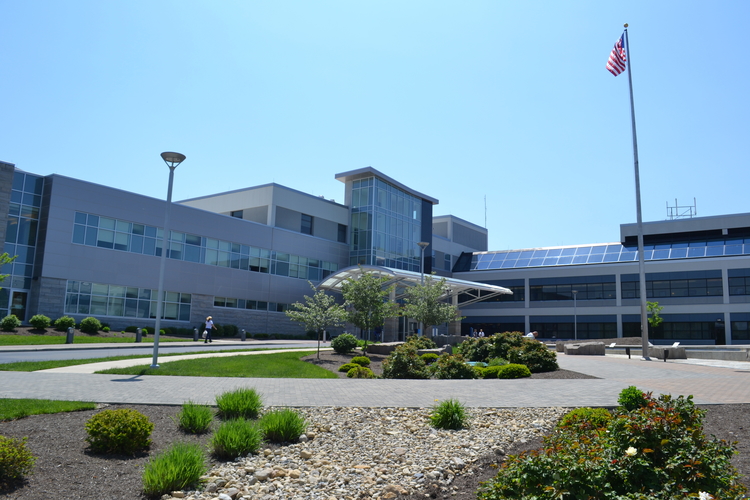In 1926, a thoughtful voter from Mississippi sent President Calvin Coolidge a treat for the White House Thanksgiving main dish: A live raccoon.
Although the sender claimed the meat was ‘toothsome,’ Coolidge refused to eat it and instead named the varmint Rebecca. The First Lady let the little bandit play in the bathtub with a bar of soap and fed it corn muffins.
Of course, sending live animals for the White House Thanksgiving dinner had been something of a tradition since the days of the Ulysses S. Grant administration in 1869. But people mostly sent turkeys.
It’s not that no one ate raccoons. They absolutely did. Native Americans and enslaved African-Americans trapped and ate raccoons as a dietary staple. Entire farming regions from the Appalachians to the western frontier fed on abundant raccoons–critters that ate the crops and caused destruction.
In the South, the tradition of raccoon as an entrée led to the breeding of coonhounds who could sniff out, find and chase their prey up a tree to be shot, a challenging pastime leading to a hearty dinner.
By the 1900s, raccoon preparation was in the pages of The Joy of Cooking.
Still, raccoon had the reputation of being ‘slave food’ or ‘poor man’s food’ and quickly fell out of favor in urban areas.
Nonetheless, in rural areas to this day, raccoon shows up on the menu. In Delafield, Wisconsin and Gillet, Arkansas, raccoon dinners raise money for charity. They also test the local mettle for budding politicians. In 2014, GOP Rep. Rick Crawford told Roll Call, “They literally serve raccoon. And you’re supposed to eat some. That’s the tradition.” Toothsome!

